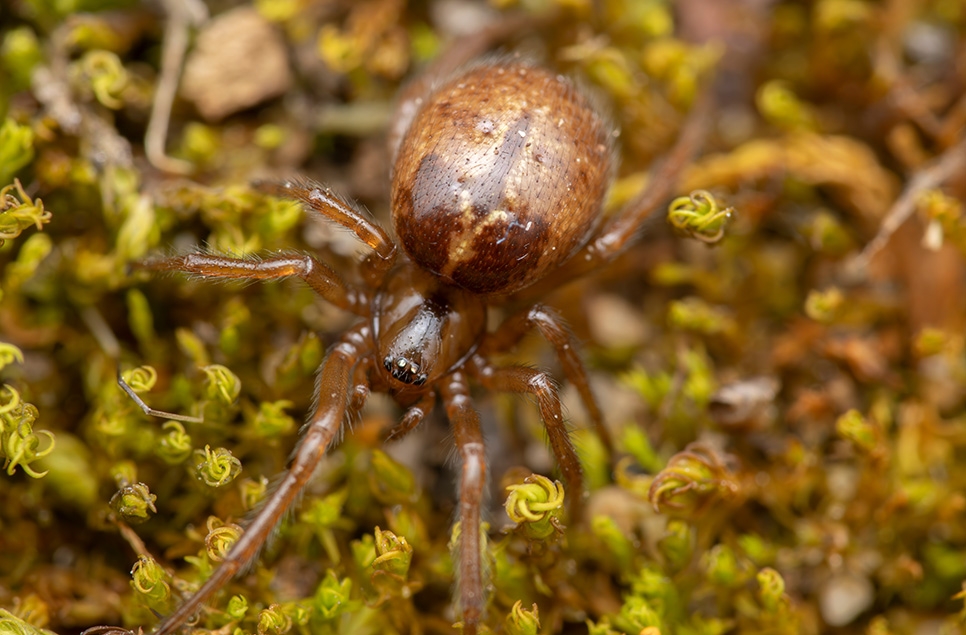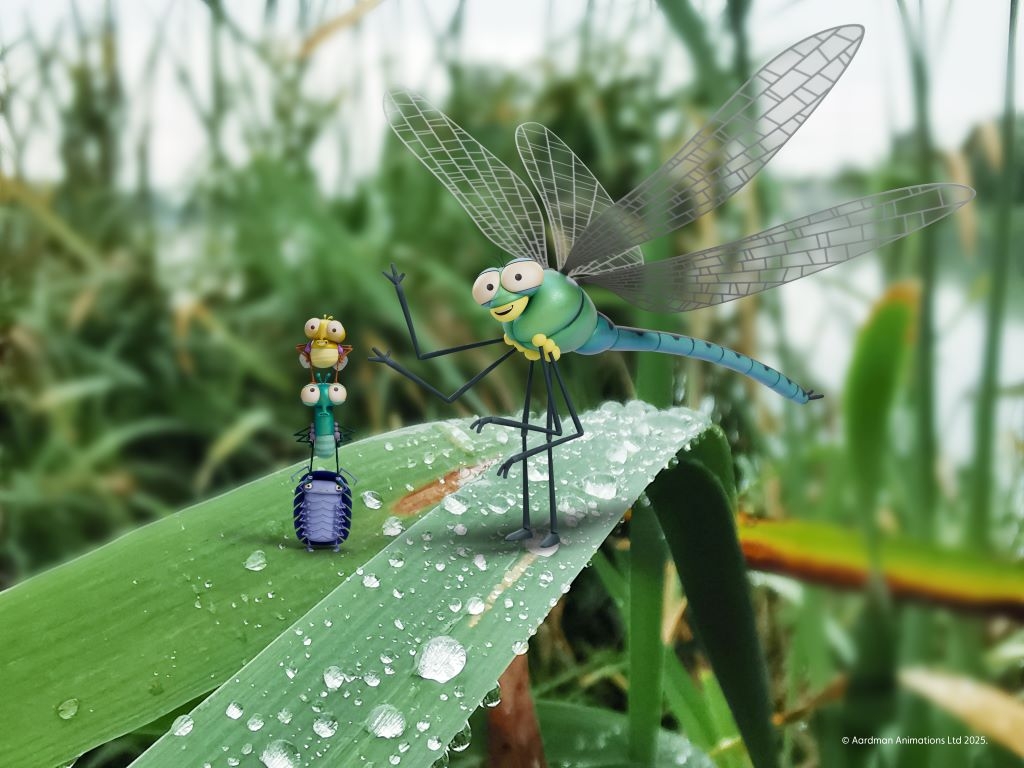“Gibellula Bangbangus” - Castle Espie finds species new to science
A fungus discovered in an old Victorian gunpowder store at WWT Castle Espie has been revealed as a completely new species – and named Gibellula Bangbangus by BBC Springwatch viewers.
The parasitic fungus was found growing on a cave spider by WWT volunteer Jonathan Clark during filming for Winterwatch, which came from Castle Espie earlier in the year.
Since then, a DNA test carried out on the fungus by Dr Harry Evans from CABI (Centre for Agriculture and Bioscience International) has identified the species as completely new to science. This was revealed on Springwatch this week, with viewers being asked to help name the strange new species. Although many viewers suggested ‘Gibellula Clark’ after the volunteer who discovered the fungus, last night it was revealed that the fungus would be known as Gibellula Bangbangus, in honour of its discovery in a gunpowder store.
The unusual fungus parasitizes the host cave spider controlling the spider’s central nervous system, guiding the spider to the top of the cave where the fungus then releases its spores.
In addition to the fungi’s ability to control the spider’s brain it produces antibodies that weaken its immune system whilst protecting the host from infection. This may have significant use in medical research with samples now being stored in the same facility as the original penicillin culture. The closest genetic relatives to the fungus are found only in Asia raising questions as to how this fungus found its way to the old Victorian gunpowder store at Castle Espie to evolve into a species new to science.
Manager of Castle Espie, Paul Stewart said “It’s a mystery how this new species got here to evolve in the microclimate of the gunpowder store at Castle Espie.
“Perhaps it came here via gun powder or its packaging material in the 19th Century or perhaps it’s an example of convergent evolution and a remnant from our subtropical distant past. Either way it’s a world first here in Northern Ireland and I hope the discovery yields a positive benefit.”



